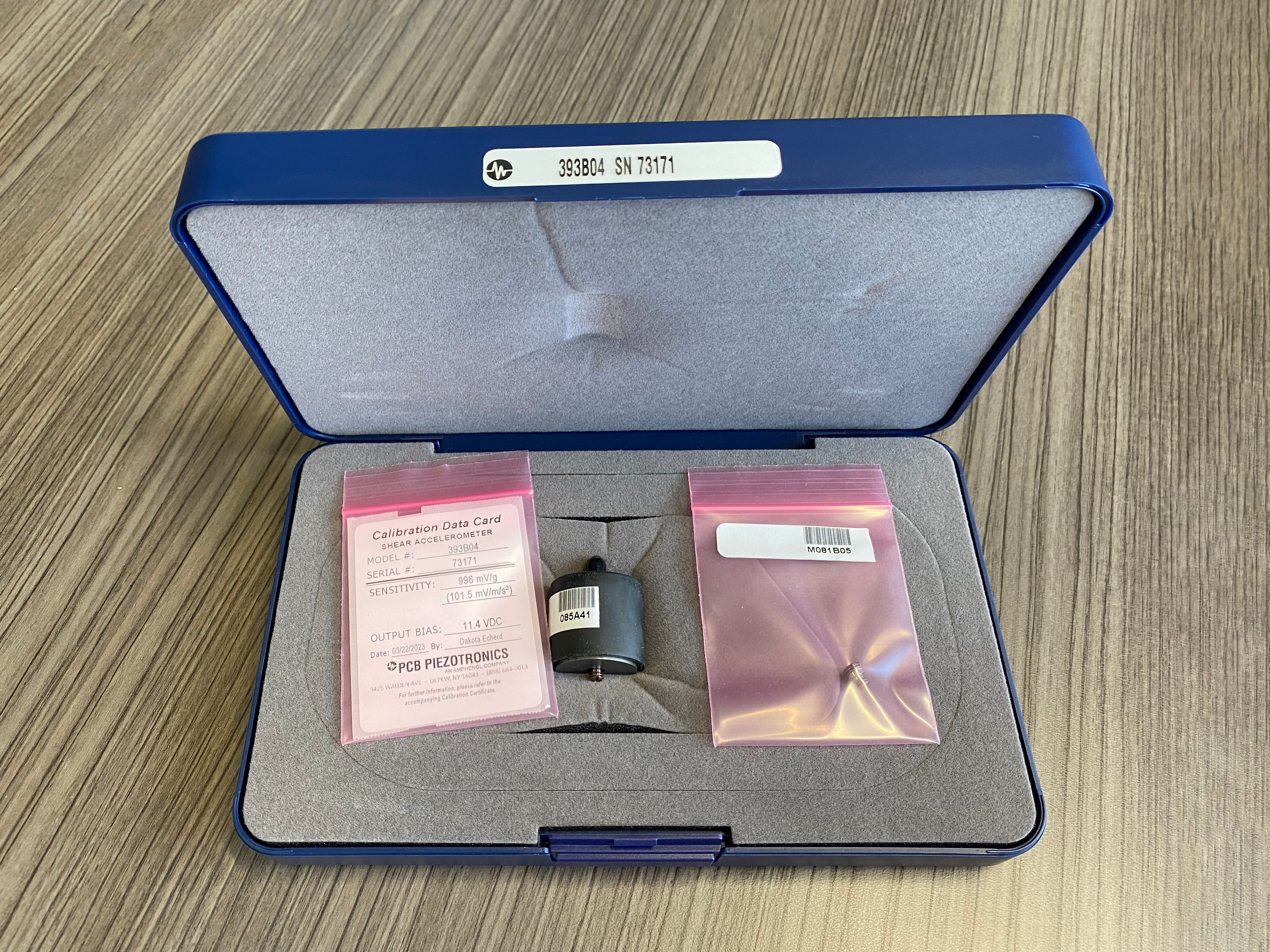In the ever-evolving field of structural engineering, the importance of monitoring and assessing the performance of buildings cannot be overstated.
To address this critical need, we are proud to introduce Monitoring 4.0, a groundbreaking construction 4.0 research sub-program aimed at revolutionizing the way we monitor and evaluate structural systems. By leveraging cutting-edge technologies and innovative approaches, Monitoring 4.0 strives to provide engineers with a comprehensive assessment tool that enhances building performance analysis and optimizes cost-effective monitoring strategies.
The primary goal of Monitoring 4.0 is twofold: firstly, to enable objective and improved monitoring of structural systems through the integration of in-situ data and advanced numerical models, and secondly, to develop optimal plans for instrumentation that strike a balance between maximizing information gain and minimizing monitoring costs. This unique framework will pave the way for the creation of calibrated digital twins, which can be integrated into Cyber-physical construction Systems (CPCS). By doing so, engineers will gain invaluable insights into the overall performance of structural systems and identify any discrepancies between actual behavior and design expectations, ultimately ensuring safer and more efficient buildings.

Figure 1: Acceleration sensors PCB Piezotronics model 393B04 to be used in Monitoring 4.0 research programme
By implementing the Monitoring 4.0 framework, the construction sector stands to benefit in several significant ways. Firstly, engineers will have access to a robust toolset that facilitates comprehensive building assessments, providing a deeper understanding of structural behavior and performance. This empowers them to make informed decisions regarding maintenance, retrofitting, and optimization strategies, leading to improved structural integrity and enhanced occupant safety.
The utilization of advanced monitoring technologies, such as the recently acquired acceleration sensors, opens up new avenues for data-driven analysis. The PCB Piezotronics model 393B04 accelerometers shown in Figure 1, boasting an impressive frequency range of 0.06 to 450 Hz, are capable of capturing vibrations across the entire spectrum of civil structures. With a remarkable resolution of 3 micro g, these sensors can detect even the slightest accelerations, ensuring a comprehensive dataset for accurate modal and structural characteristic identification.
The wealth of information gathered through Monitoring 4.0 will serve as a valuable resource for future design enhancements, regulatory advancements, and the continuous improvement of construction practices.
Monitoring 4.0 represents a significant leap forward in the field of structural monitoring, offering engineers an unparalleled toolset to comprehensively assess building performance. By combining in-situ data and numerical models, this framework enables accurate evaluations and facilitates data-driven decision-making. The recent acquisition of acceleration sensors further enhances the capabilities of Monitoring 4.0, ensuring that no aspect of structural behavior goes unnoticed. As Monitoring 4.0 continues to evolve and yield promising results, we anticipate a transformative impact on the construction sector. This research program’s commitment to innovation and cost-effective monitoring strategies sets the stage for a future where buildings are safer, more efficient, and tailored to meet the needs of an ever-changing world.
By embracing the power of Monitoring 4.0, engineers and industry professionals can look forward to a new era of comprehensive building assessments, where data-driven insights shape the future of structural design and construction.
